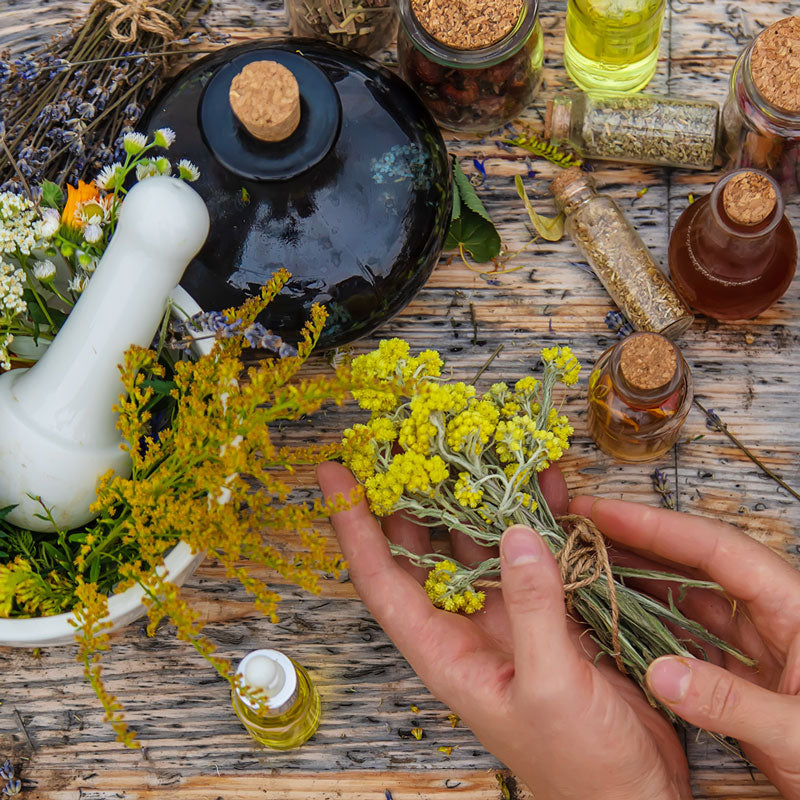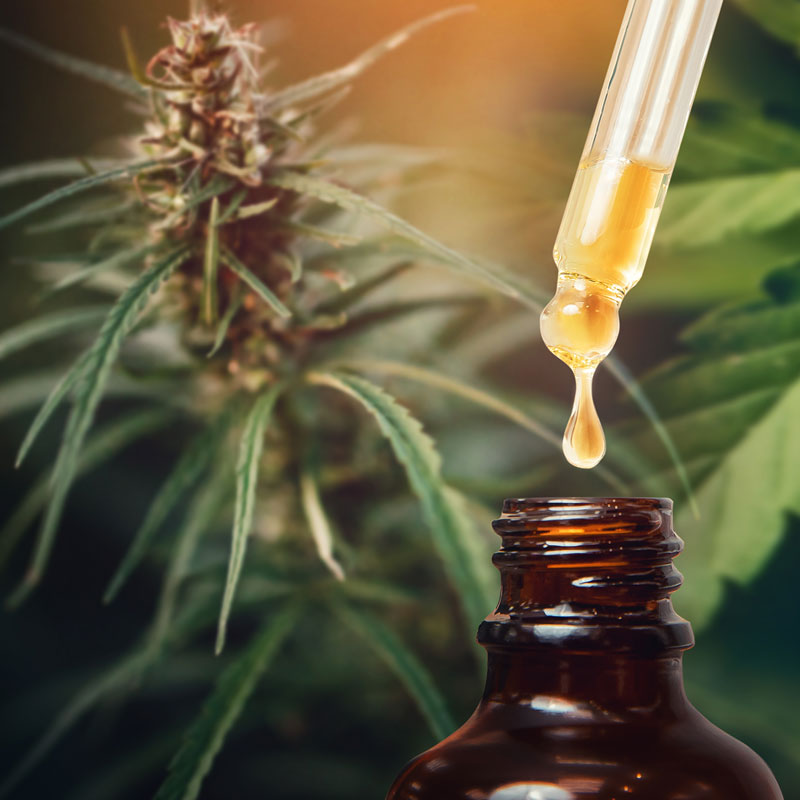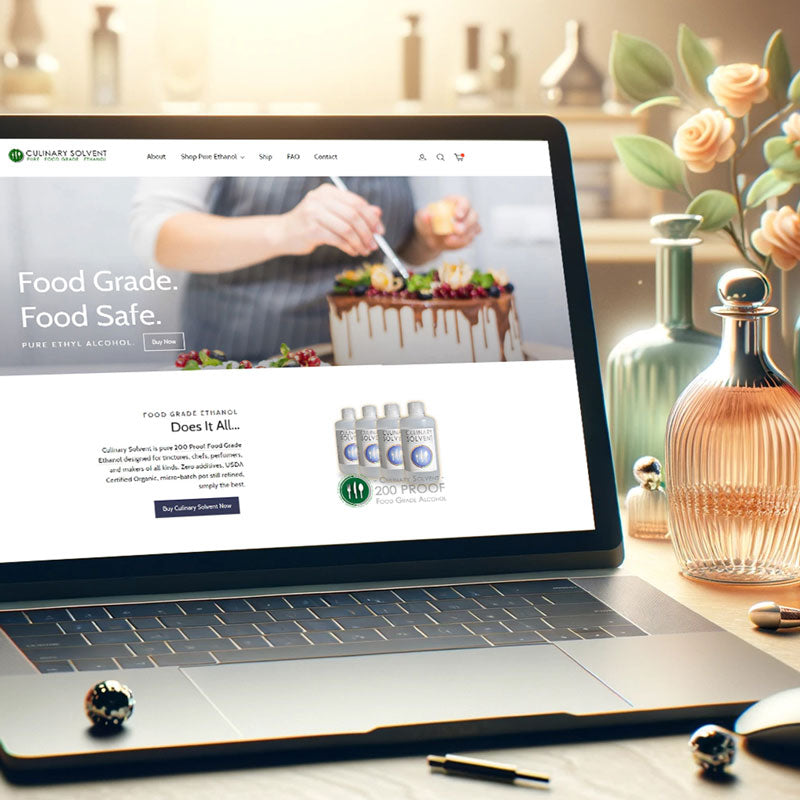Homemade Hibiscus Tincture and Extract Recipe using Food Grade Ethanol

Hibiscus is a vibrant and aromatic plant commonly used in culinary, botanical, and crafting applications. Making a hibiscus tincture allows you to extract and preserve its natural plant compounds in a convenient liquid form. This guide outlines how to make a high-quality tincture using 200 Proof Food Grade Ethanol for optimal extraction.
What is Hibiscus?
Hibiscus (Hibiscus sabdariffa) is a tropical flowering plant from the Malvaceae family, recognized for its deep red calyces and tart, citrus-like flavor. It is widely used in teas, culinary preparations, and botanical infusions.
Where is Hibiscus Grown?
Hibiscus is cultivated in warm, humid regions with well-drained soil. It thrives in Florida, Texas, Louisiana, California, and Hawaii, where it is grown for herbal tea production and ornamental purposes. Hibiscus plants prefer full sun and moderate moisture.
Sourcing and Selecting Quality Hibiscus
For the best tincture results, source organic, dried or fresh hibiscus calyces from reputable suppliers, farmers’ markets, or cultivated home gardens. Choose deep red, aromatic calyces with a tart fragrance. Avoid hibiscus that is overly dry, faded, or lacking in scent, as these signs may indicate diminished quality.
Preparing Hibiscus for Tincture
- Ensure the calyces are clean and free from debris.
- Gently crush or chop the calyces to improve extraction efficiency.
Best Practices for Storing Your Hibiscus Tincture
Store your tincture in a dark glass bottle, away from heat and direct sunlight, to maintain its quality. When properly stored, the tincture can remain effective for up to two years.
Ways to Use Hibiscus Tincture
Culinary Applications
- Flavor Enhancements: Adds a tart, floral note to teas, cocktails, and syrups.
- Herbal Infusions: Can be blended into homemade bitters, flavored vinegars, or botanical extracts.
Crafting & Botanical Uses
- Natural Fabric Dyes: Hibiscus tincture can be used in traditional dyeing techniques.
- Herbal Formulations: May be included in botanical blends for a unique flavor and color.
Final Thoughts on Crafting a Hibiscus Tincture
Making a hibiscus tincture at home allows for a unique and versatile botanical preparation. Using 200 Proof Food Grade Ethanol ensures a high-quality extraction, free from unwanted additives. Whether used for culinary experimentation, herbal infusions, or crafting applications, hibiscus tincture is a valuable addition to any home apothecary.

Disclaimer: This content is for informational and educational purposes only. Consult a professional before using tinctures for any specific application. Individual reactions may vary.










